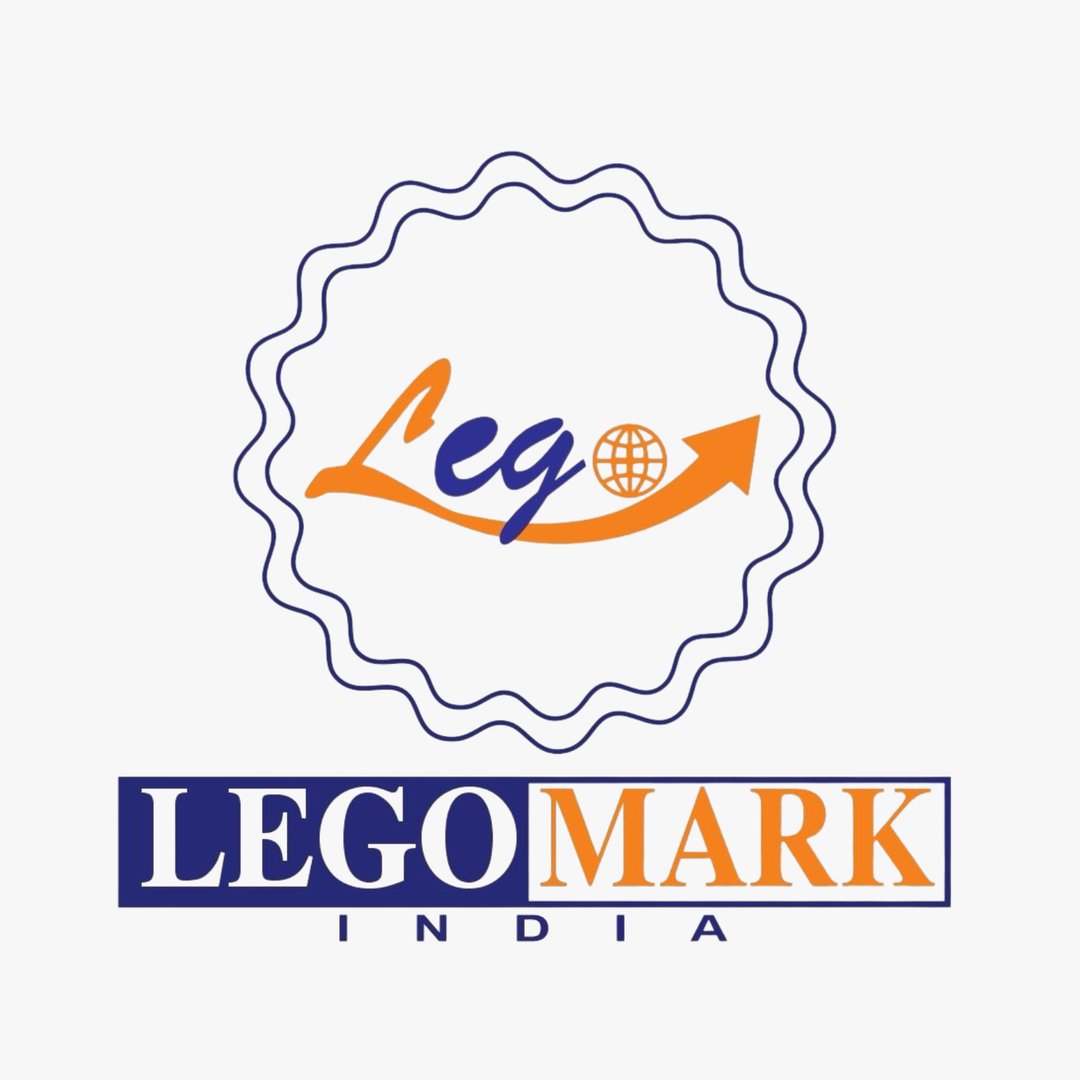Your logo is one of the most recognizable elements of your brand. It’s the visual representation of your business, and it plays a crucial role in building customer trust and loyalty. Protecting your logo through trademark registration is essential to ensure that no one else can use it without your permission. At LegoMark India, we’re here to guide you through the process of trademarking your logo. In this blog, we’ll explore everything you need to know, from conducting a search to filing your application and maintaining your trademark.
Why Trademark Your Logo?
- Exclusive Rights
A registered trademark gives you exclusive rights to use your logo in
connection with your goods or services. This prevents competitors from
using a similar logo that could confuse customers. - Brand Protection
Trademarking your logo safeguards your brand’s identity and reputation. It
ensures that your logo remains unique and recognizable in the marketplace. - Legal Recourse
If someone uses your logo without permission, you have the legal right to
take action. This includes sending cease-and-desist letters, filing
lawsuits, and seeking damages. - Adds Value to Your Business
A registered trademark is an intangible asset that can increase the value
of your business. It can be licensed, franchised, or sold, providing
additional revenue streams.
Steps to Trademark a Logo
1. Conduct a Trademark Search
Before filing your application, conduct a thorough search to ensure your logo is unique and not already in use. This involves:
- Searching the Indian Trademark Registry’s database for registered and pending trademarks.
- Checking common law sources, such as business directories and social media platforms, for unregistered trademarks.
2. Ensure Your Logo is Distinctive
A strong logo is distinctive and not merely descriptive. Avoid generic designs or elements that are common in your industry. For example:
- Fanciful Logos: Made-up designs with no dictionary meaning (e.g., the Nike swoosh).
- Arbitrary Logos: Real-world designs used in an unrelated context (e.g., the Apple logo for computers).
- Suggestive Logos: Designs that hint at the nature of the product or service without directly describing it (e.g., the Amazon logo with a smile arrow).
3. File the Application
Once you’ve confirmed that your logo is unique, you can file your trademark application. Here’s what you’ll need:
- A Clear Representation of Your Logo: Provide a high-quality image of your logo in the required format.
- Description of Goods or Services: Specify the goods or services your logo represents.
- Trademark Class: Identify the appropriate class(es) for your goods or services. There are 45 classes in total, and selecting the correct one is crucial for comprehensive protection.
4. Respond to Office Actions
After filing your application, the trademark office may issue an office action if they have questions or concerns. This could involve:
- Requesting additional information or documentation.
- Asking you to clarify the description of goods or services.
- Notifying you of potential conflicts with existing trademarks.
5. Monitor and Enforce Your Trademark
Once your logo is registered, it’s important to monitor for potential infringements and take action when necessary. This includes:
- Watching for unauthorized use of your logo.
- Sending cease-and-desist letters to infringers.
- Filing lawsuits if necessary to enforce your rights.
Common Mistakes to Avoid When Trademarking a Logo
- Failing to Conduct a Comprehensive Search
Skipping the search step can lead to conflicts with existing trademarks, resulting in rejection or legal disputes. - Choosing a Generic or Descriptive Logo
Logos that are too generic or descriptive are often rejected because they lack distinctiveness. - Incorrectly Identifying the Trademark Class
Selecting the wrong class can limit your protection or lead to rejection. Our team will help you identify the correct class(es) for your logo. - Incomplete or Inaccurate Application
Errors in your application, such as misspelling your brand name or providing incorrect owner details, can lead to delays or rejection. - Ignoring International Trademark Protection
If you plan to expand globally, failing to secure international trademark protection can leave your logo vulnerable.
How LegoMark India Can Help
At LegoMark India, we offer expert trademark search services to ensure your mark is unique and available for registration. Here’s how we can help
1. Comprehensive Search
We use advanced tools and databases to search for exact matches, phonetic similarities, and visual resemblances. We also check common law sources to identify unregistered trademarks.
3. International Search
If you plan to expand globally, we can conduct searches in multiple jurisdictions to ensure your mark is available worldwide.
Real-Life Examples of Trademark Infringement
Conclusion
Trademarking your logo is a smart investment in your brand’s future. It protects your identity, builds customer trust, and provides legal recourse against infringement. At LegoMark India, we’re here to guide you through every step of the process, ensuring your logo is protected and enforceable.
Don’t leave your brand’s identity to chance. Let LegoMark India help you trademark your logo with confidence. Contact us today to get started!














